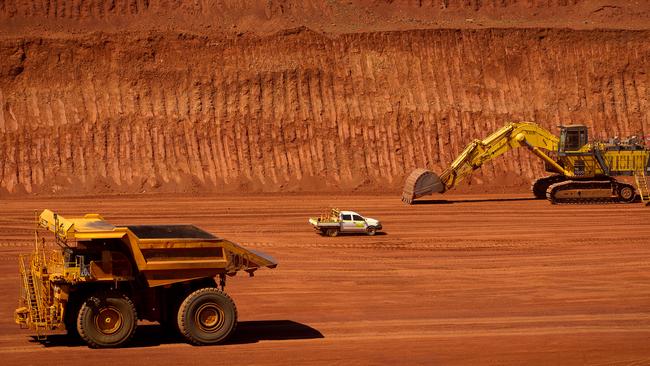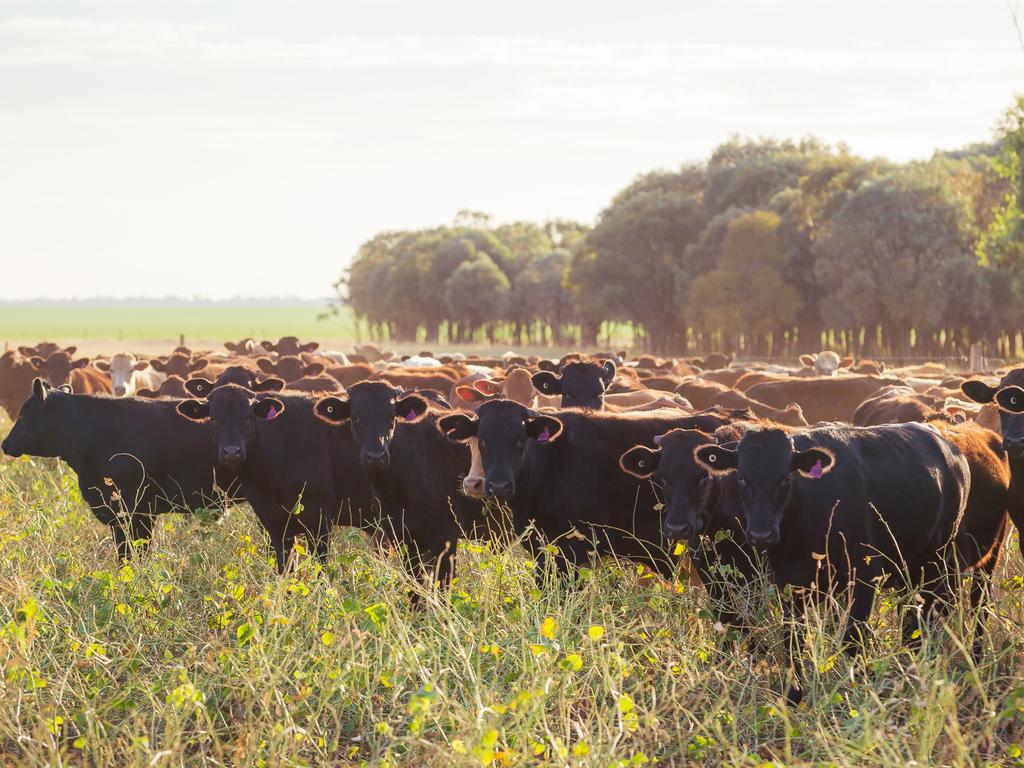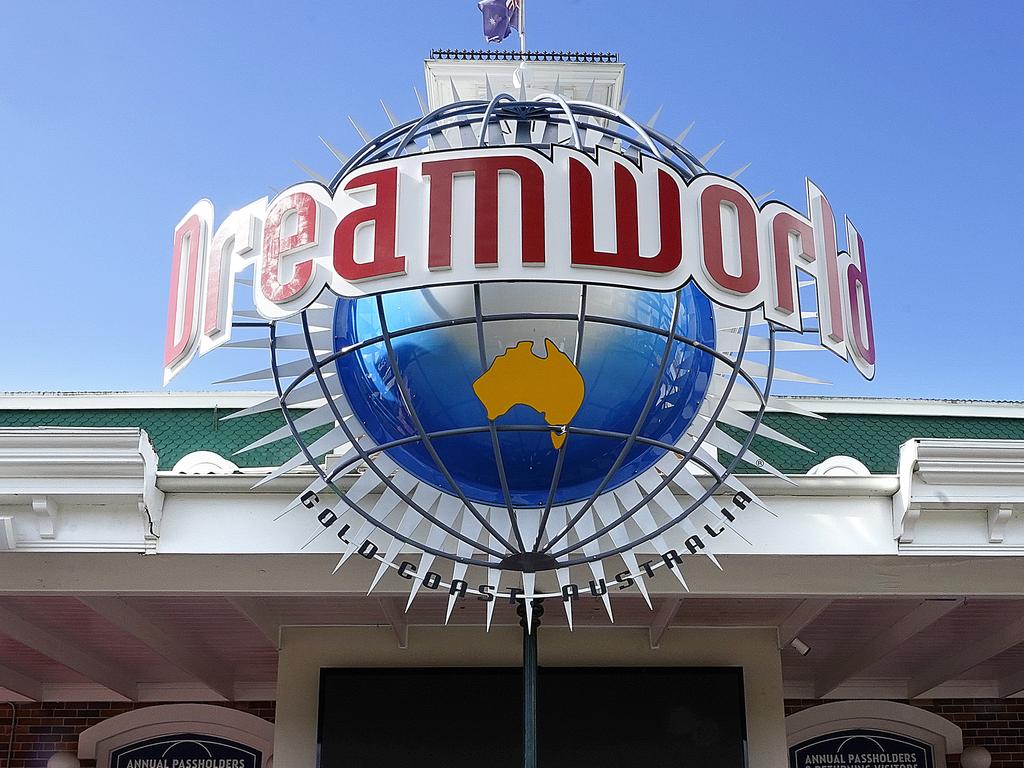Iron ore boom secures dividend at Rio Tinto
Mining major Rio Tinto says business is in good shape but aluminium assets are ‘on thin ice’.

Rio Tinto has delivered a $US1.55 a share interim dividend on the back of strong iron ore prices in the first half of 2020, but the company cast fresh doubt over the future of its Australian aluminium smelters by slashing the value of the assets.
Rio booked a half-year net profit of $US3.3bn after strong iron ore prices pushed earnings before interest, tax, depreciation and amortisation at its flagship iron ore division to $US7.7bn, slightly ahead of last year’s $US7.5bn result.
But, with aluminium prices tumbling in the first half of the year, earnings at Rio’s aluminium division fell 18 per cent to $US925m, with the company suggesting the long-term outlook for its Australian smelters was grim.
Rio’s Pacific Aluminium division - which includes the contribution of smelters in NSW, Queensland, Tasmania and New Zealand - eked out EBITDA of $US5m in the first half of the year, an improvement on the $US54m loss in the first half of 2019. But, with a net loss of $US50m for the period, the division remains under threat.
Its New Zealand smelter is already slated for closure late next year, and a facility in Iceland is also undergoing a formal review.
But Rio also wiped off a combined $US472m from the value of its NZ operations, plus the Bell Bay smelter in Tasmania and its Boyne operations in Queensland. It did not book an impairment against its share of the Tomago smelter in NSW.
While Rio chief executive Jean Sebastien Jacques said talks were still progressing on a deal to save its Australian smelters - and told reporters its relationships with local power companies were better than those with its New Zealand and Icelandic peers - he said their future was still challenged by high power prices.

Its Tasmanian operations appear to be the most under threat, with Rio writing the book value of its ageing Bell Bay smelter down to nothing, saying its forecasts suggested the operation would lose cash over the term of its current power contract.
“Bell Bay has a power contract to 2025 with Hydro Tasmania and with the current market context the forecast net present value of cash flows over that period is negative. The property, plant and equipment of the Bell Bay smelter has therefore been fully impaired,” the company said.
Smelters on ‘thin ice’
Rio also slashed the value of its Boyne smelter and power plant in Queensland by $US184m.
Mr Jacques told The Australian the smelters remained on “thin ice”, but said discussions with power providers were continuing, and he hoped to be able to give the close to 2500 workers at Rio’s smelters some certainty about their future as soon as he could.
“We continue the discussions as we speak. It’s a complicated discussion but we are working very hard, because we want to be able to give clarity to employees, we want to be able to give clarity to those communities, and to customers as well,” he said.
“We are working as quickly as we can, as hard as we can, but at some point in time we will have to take stock of where we are.”
Mr Jacques said “globally competitive power prices” were needed to keep the smelters operating, but the Rio boss would not be drawn on how much would need to be discounted from current power contracts to keep its operations running.
Rio Tinto booked a half-year net profit of $US3.3bn after strong iron ore prices pushed earnings before interest, tax, depreciation and amortisation at its flagship iron ore division to $US7.7bn, slightly ahead of last year’s $US7.5bn result.
The interim dividend is in line with analyst consensus expectations, and Mr Jacques said in a statement the company had delivered a “resilient performance” despite the impact of the pandemic.
“Despite the challenging backdrop, we generated underlying EBITDA of $9.6bn, with a margin of 47 per cent, driven by our strong and stable operations, with all of our assets continuing to operate throughout the first half. As a result, we have declared an interim dividend of $2.5bn, equivalent to 155 US cents per share, and have reconfirmed our 2020 production guidance across all commodities,” he said.
Rio’s statutory EBITDA was $US9.5bn, down from $US10.4bn in the first half of 2019, with underlying earnings of $US4.75bn, down from $US4.9bn in 2019.
The company was let down by earnings at its aluminium division, where the global economic slowdown caused by the coronavirus pandemic hit prices, with EBITDA falling 18 per cent to $US925m.
Analyst consensus tipped Rio’s earnings before interest, tax, depreciation and amortisation at $US9.3bn, with underlying earnings of $US4.4bn.
Rio shares closed down 71c, or 0.7 per cent, to $103.40 on Wednesday.





To join the conversation, please log in. Don't have an account? Register
Join the conversation, you are commenting as Logout